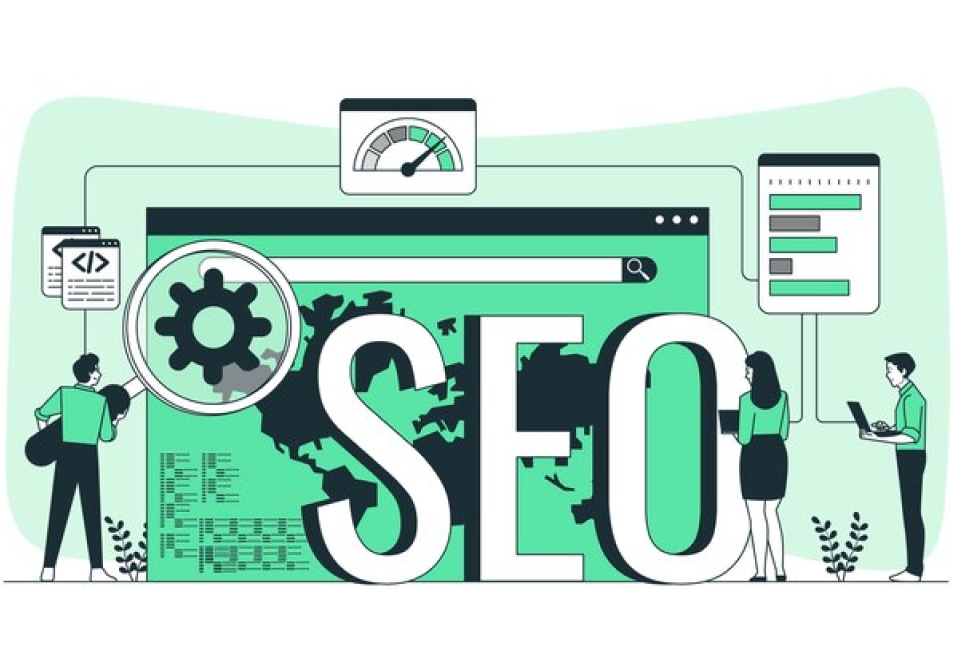When it comes to measuring internet marketing efforts, bounce rate can be one of the more mysterious metrics. It is usually analyzed so as to provide insight into how the overall user experience of a website is. According to Google, bounce rate refers to the percentage of single-page visits. Basically, this means that when a visitor “bounces” from a website page, they have left the page and website after just viewing one page.
Sometimes the fundamental cause of a bounce can be more complex and a high bounce rate indicates poor user experience. This happens in the case when the visitor was misled and didn’t find the content that they looked for. However, at other times, a high bounce rate can be a sign of a positive user experience. This happens in the case when the visitor instantaneously found the information that they were looking for and then left the page.
Let’s take a look at some tips that will help you reduce the bounce rate of your website page and improve user experience:
Optimize Page Load Time
Many studies demonstrate that one of the factors that keep users away is the slow loading pages. To improve the time it takes to load your website, you can take one of the actions that will not only reduce your bounce rate but as well have a positive impact on your website conversions and rankings. When a web page takes more than three seconds to loads then users get frustrated and leave the website that is the sign of poor user experience.
Make your Website Search Easy
Several websites still ignore adding website search functionality. If a user is searching for something exact that they do not instantaneously see on a page, this is a very valuable tool that they can use to search with, as an alternative of probably leaving the page or website completely.
Memorize Readability
Content on a webpage must be effectively and clearly formatted. This is important from a user experience point of view, as no visitor to a website wants to see huge chunks of messy text. Users will generally skip over vital content when this happens.
On the other hand, if that content was formatted into smaller blocks, as well as bullet points or also an image or video content, a user will have a much easier time digesting that content and be flatter to read it in general.
Visible Call-to-Action
On a website, a call-to-action (CTA) must be clearly visible. The visitor must be able to find this within the primary few seconds of being on a page. A call-to-action must also be convincing so that a user is attracted to click on it. When it comes to a CTA, the grittiest and nittiest of details are significant such as the fonts used, the colors, the verbiage, etc. are all components that can make a huge impact on whether a visitor clicks.
Don’t use too many Ads
A webpage that is crammed with ads go against Google Webmaster Guidelines and provides a bad experience for the users. Opposing to what several people believe, using too many ads will not cause more ad clicks but to a higher bounce rate & users leaving your website and not visiting again.
Improve Titles & Descriptions to Match Your Content
When users click on your website link from Google search, they do it due to what they read in your title and description. If your content doesn’t deliver what promised in the title or description then the bounce rate will be high. Therefore, when crafting your titles and Meta descriptions, do not try to mislead users since eventually, this will create the reverse results.
With the above tips, you can enhance user experience and reduce your website bounce rate. So, employ the tips discussed above and don’t lose valuable visitors to your website.















